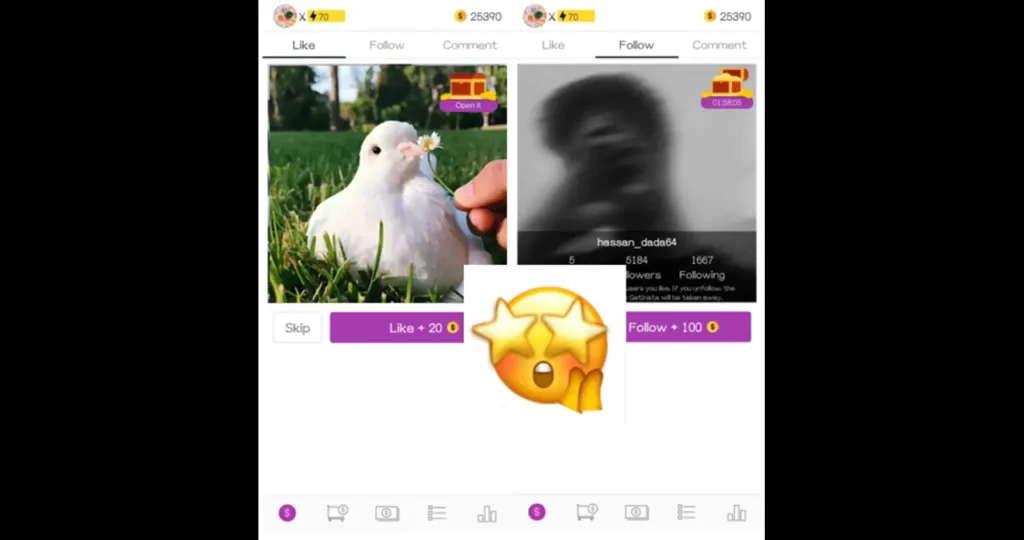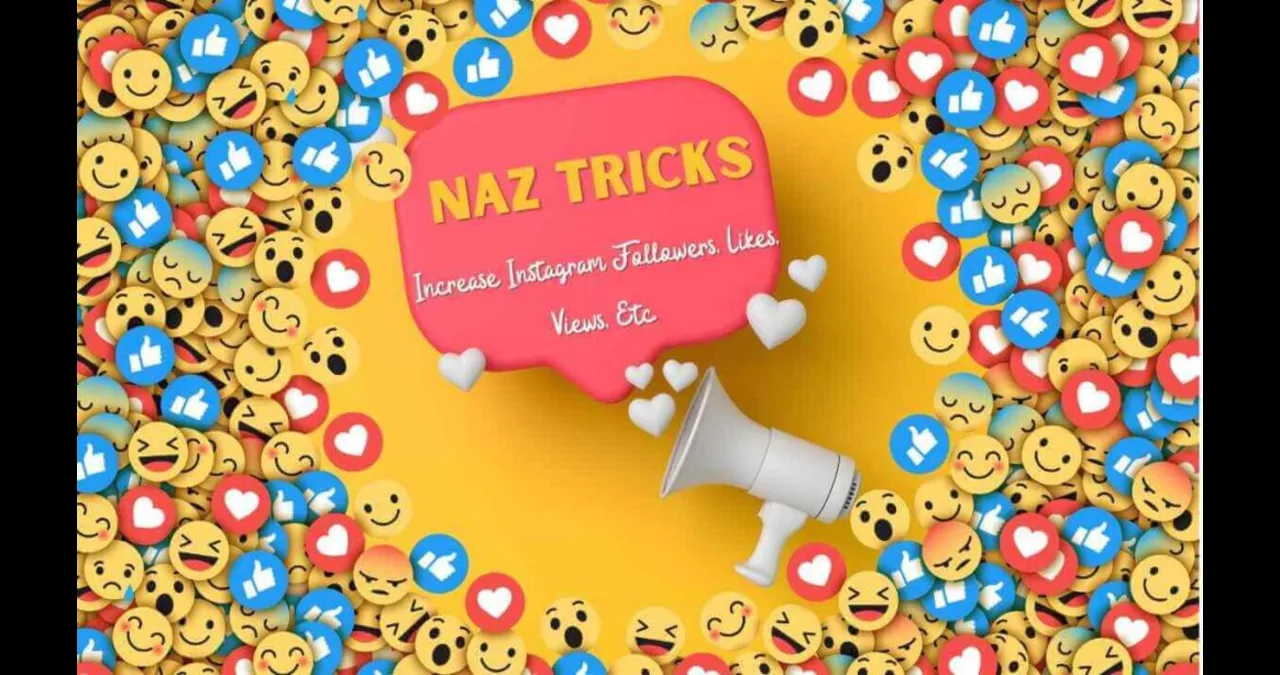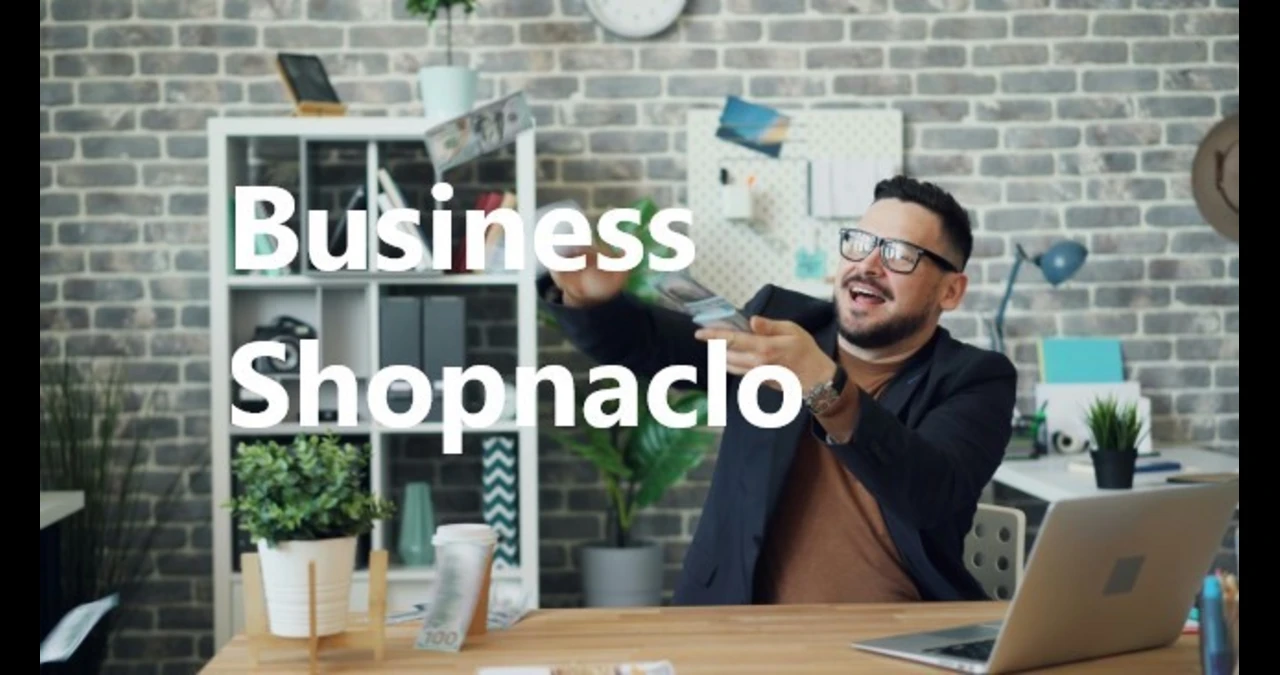Naztricks is a captivating concept, a blend of innovation, charm, and unexpected delight. In this article, we explore everything you need to know, from the origins of naztricks to advanced tips, incorporating practical examples, expert insights, and a touch of personality.
What Are Naztricks and Why They Matter
Naztricks are little creative maneuvers, clever techniques, and playful hacks designed to inject magic into everyday experiences. They might transform a mundane workspace into an inspiring hub or bring a fresh twist to a routine.
The essence lies in simplicity combined with innovation. A naztrick doesn’t have to be grandiose; it thrives on subtle brilliance. It could be rearranging items in a bookshelf to tell a story, or using color-coded cues that make tasks fun. They matter because they can reframe how we interact with our environment, uplift moods, or spark creativity.
Many people underestimate the power of small improvements. Naztricks highlights the ripple effect: one tiny adjustment can influence mindset, productivity, or even social connection. What starts as a small spark can lead to larger creative breakthroughs.
A Casual Expert’s Take on Naztricks Origins
As an enthusiastic explorer of human creativity, I’ve always seen value in mini miracles. My journey into naztricks began during a period of burnout. I started experimenting with subtle shifts—like adding a plant to my desk or using color‑coded sticky notes—and noticed a big difference in motivation and mood.
Over time, I refined a process: observe what feels off, imagine a playful solution, test and adjust. I noticed naztricks transcend personal use; they work in group settings too. Suddenly, a simple prompt at a meeting, like giving each person a colored card to jot ideas, turned conversations lively and inclusive.
This experiential knowledge informs how I understand naztricks today. It’s an art and a science: creative spark meets intentional design. People often ask how to start. My advice: begin small, notice the feedback, and iterate. Naztricks are accessible and scalable.
Core Principles Guiding Great Naztricks
Principle One: Keep It Simple, Keep It Playful
Complication kills charm. The best naztricks are simple yet delightful. Think of a room filled with mismatched cushions to spark playful conversation, or leaving quirky motivational notes on a coworker’s desk. Deliberately low-fi and easy to implement.
This simplicity ensures that naztricks are repeatable and adaptable. Complexity becomes a barrier. The playful element keeps people engaged—it taps into curiosity, surprise, and delight.
Principle Two: Observe, Empathize, Iterate
Effective naztricks start with observation. What’s lacking? What feels flat? Empathy helps you understand how others perceive the space or routine. Then you iterate.
For example, I once tried adding colorful trays to a communal kitchen area, expecting more when people prepared coffee. The trays were too deep so they sucked space. I redesigned them shallow and stackable. Use nimble adjustments whenever the feedback isn’t what you hoped for.
Six Inspiring Naztricks to Try Today
Creative Workspace Breakouts
Want to inject energy into your home office? Gather an assortment of small tactile toys—smooth stones, stress balls, textured shapes—and place them in a bowl on your desk. Whenever you feel stuck, pick one up, squeeze it, and roll it in your hand. The sensory shift often breaks mental log jams.
Surprise Encouragement Bar
Set up a mini shelf in a shared space stocked with handwritten positive sticky notes. Encourage teammates to take and leave notes. A communal spirit builds quickly through small, supportive gestures.
Theme Days That Spark Conversation
Declare a playful theme once a week—perhaps “hat day” or “plant‑accent day.” Participants bring an item to match—say a funny hat or a cute succulent. It’s not about dressing up but rather sparking smiles and conversation when people enter the room.
Audio Cues for Focus Zones
Experiment with background noise cues to signal-focused or free‑flowing zones. For example, play ambient music quietly when people want to get into focused work. Then switch to upbeat instrumentals to invite creative or collaborative energy.
Micro‑Achievement Celebrations
Keep a rolling list of tiny wins—“sent the email,” “finished one page,” “took a healthy snack break.” When someone adds a win, mark it with a sticker or draw a happy face. Over time it becomes a living record of progress and motivation.
Mystery Item Prompts
Once a month, place an intriguing item—perhaps an exotic fruit, a small puzzle, a unique artifact—on a communal table. Prompt people with “Place your guess or story!” on a sticky note. It becomes a conversation piece and brain exercise.
How Naztricks Boost Productivity and Well‑Being
Research shows how small environmental or routine changes can dramatically influence cognitive performance and emotional well‑being. Triggering novelty releases dopamine, which boosts focus and mood.
Naztricks taps into this by providing low‑cost ways to shift context and emotion. A brief sensory stimulation, unexpected visual cue, or quick movement can reset attention and reduce fatigue. The result? Greater resilience, improved mood, and fresh perspective on mundane tasks.
They also strengthen social bonds. Shared creative experiences, even simple ones like sticky‑note encouragement, nurture community, and belonging. In workplaces or homes, these social naztricks create inclusive and supportive atmospheres.
Scaling Naztricks: From Personal Use to Organizational Culture
While naztricks begin personally, they can be scaled to help teams and organizations. Adapt them to fit group needs and culture. Want to start? Here’s a playbook:
- Pilot small: test one naztrick in a corner of the office or on a single team.
- Gather feedback: casually ask what people think. Keep the tone light.
- Iterate: modify, pivot, or expand based on suggestions.
- Amplify: when a trick resonates, share it wider across the organization.
Some companies encourage staff to pitch their own. Offering small “naztrick grants” to pilot low‑cost improvements invites grassroots ideas and fosters ownership.
Tools and Resources to Develop Your Naztrick Mentality
A naztrick mindset combines curiosity, play, and occasional experimentation. Useful companion tools include:
- Idea journals: Carry a small notebook to jot quick impulses when inspiration strikes.
- Prompt decks: cards or apps with prompts like “Add a new texture” or “Rearrange a space.”
- Feedback loops: quick surveys or comment boxes to capture reactions.
- Community sessions: share your naztrick experiments with peers in informal meetups.
Over time, you’ll have a toolbox of creative prompts and feedback frameworks available whenever a dull moment arises.
Common Pitfalls and How to Avoid Them
Over‑Engineering Your Naztricks
Complication kills delight. Resist adding too many rules or steps. Start basic, then polish.
Ignoring Feedback
What’s delightful for one may annoy another. Observe if people avoid or ignore your attempt. Note and adapt.
Losing Purpose
Maintain clarity: is your naztrick uplifting mood, sparking creativity, or improving efficiency? Keep the why in sight.
One‑Off Gimmicks
Ensure consistency. A one‑time setup loses momentum. Keep Naztricks or rotating to maintain interest.

Case Study: Naztricks in Action at Co‑Lab Workspace
At Co‑Lab Workspace, a flexible coworking environment, naztricks were formalized into their weekly rhythm. They began by placing jars of colorful tokens—marbles, buttons—on tables. Users took a token whenever they answered a question on a weekly prompt board (“What inspired you this week?”). The tokens sparked visible interaction and encouraged reflection.
By framing it as a community-building experiment, people participated without hesitation. The site then hosted a monthly “Share Your Naztrick” session. Contributions ranged from mood lighting switches to micro‑garden setups. This culture of playful innovation strengthened collaboration and joy.
Advanced Naztricks: Taking It Up a Notch
Integrating Mood‑Responsive Environments
Use small LEDs or light strips whose color or intensity shifts according to activity. Gentle blue for calm focus, warm tones for brainstorming, or informal chat.
Sensor‑Triggered Sound Cues
Motion sensors trigger soft musical tones when people enter or leave a space, subtly signaling transitions between zones or states of mind.
Rotating Creativity Crates
Deliver small crates to teams with rotating contents—mini art kits, building blocks, foreign candies. Employees explore and share what they discovered at weekly catch‑ups.
AI‑Powered Idea Prompts
Use AI chatbots or prompt‑generators to offer random creative prompts, whether a puzzle, an artistic exercise, or a team‑building challenge.
Sustainability and Cost‑Effectiveness of Naztricks
Naztricks are inherently low‑cost and low‑waste. They thrive on items you already own or can craft cheaply. Sustainable materials—repurposed containers, recycled paper, or thrifted objects—align well with the ethos. Rotating items or swapping from one space to another extends the life of each item without clutter.
FAQs
What qualifies as a naztrick?
Any small, creative tweak that introduces novelty into routine experiences. It might involve visuals, texture, sound, or interaction.
Can naztricks work in remote or virtual environments?
Absolutely. Use creative backgrounds, weekly mood playlists, sharing photos of desk setups, or digital sticky‑note boards to spark playful engagement.
Are naztricks just for workplaces?
Not at all. Homes, schools, community centers—anywhere can benefit. A naztrick in a classroom could be a rotated science prompt board; at home, it might be a surprise breakfast setup.
How often should I introduce a naztrick?
There’s no fixed schedule. Some rotate weekly, others monthly. The key is to balance novelty with consistency—don’t overstretch your audience.
Do naztricks need buy‑in?
They work best when people feel invited, not required. Share intentions, encourage participation, and welcome feedback. Avoid forcing.
Can individuals use naztricks alone?
Definitely. Personal naztricks—like sensory focus tools, ambient cues, or small note‑writing rituals—can enhance mindset, mood, and resilience.
Quick Bio Table
| Aspect | Details |
| Term | naztricks |
| Definition | Creative micro‑techniques to add delight, novelty, or interaction |
| Origins | Emerged from personal experimentation with mood/habit work |
| Principles | Keep playful and simple; observe and iterate |
| Benefits | Boosts creativity, mood, productivity, and community |
| Typical Uses | Workspace setups, team engagement, personal mood hacks |
| Cost | Low—mostly uses repurposed or inexpensive items |
| Implementation | Start small, test, gather feedback, iterate, scale |
| Tip Use | prompts, rotating themes, sensory cues, and feedback loops |
Final Thoughts
Naztricks offer a joyful path to transform routines and environments without grand gestures. They invite everyday creativity, connection, and reflection—tiny interventions that amplify well‑being and engagement. Whether it’s in an office, a home, a virtual team, or a classroom, adopting an experimental and playful mindset can open doors to unexpected insights and delight.
Start with one simple naztrick this week. Observe its ripple effects. Then let curiosity guide your next move. Before long, creativity and connection become woven into your daily rhythm.
Thanks for exploring naztricks with me—I hope you feel inspired to sprinkle a little magic on your days.



